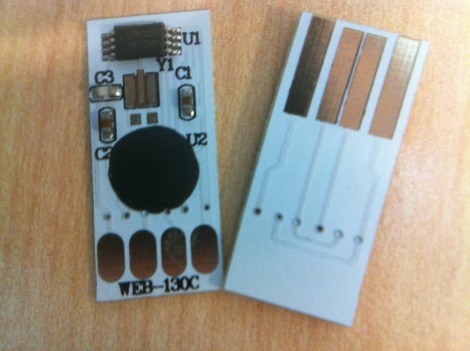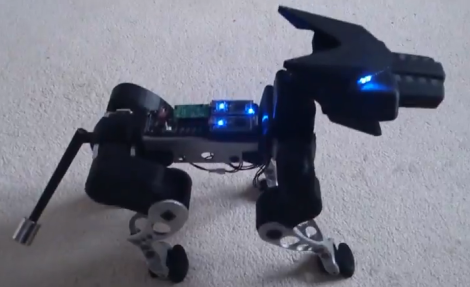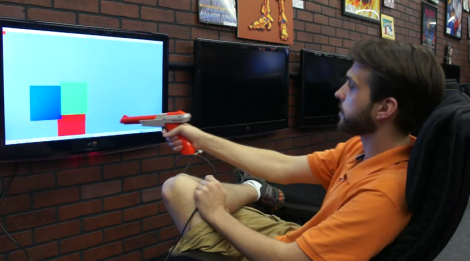
The biggest issue with sending expensive electronics into near space is trying to recover them. [Lhiggs] set out to solve this issue with his Senior project for a Mechanical Engineering degree. He figured that a payload dropped from 100,000 feet should be able to glide its way back to some predefined coordinates. Here you can see one of the tests, where the payload is guiding its descent using a parafoil.
Directional control is possible with a parafoil simply by shifting weight between the two supporting ropes. In this case [Lhiggs] designed the payload to hang from a pair of servo-motor-actuated arms. Since the payload already carries altitude and position hardware (such as a GPS, electronic compass, and altimeter) it’s just a matter of waiting for the target height before separating from the weather balloon, then using the servos to navigate to the landing zone.
Unfortunately the project was never fully completed. But you can see that he got pretty far. There is test footage embedded after the break showing the device being dropped from a plane.
Continue reading “Weather Balloon Payload That (almost) Guides Itself Back To You”

















